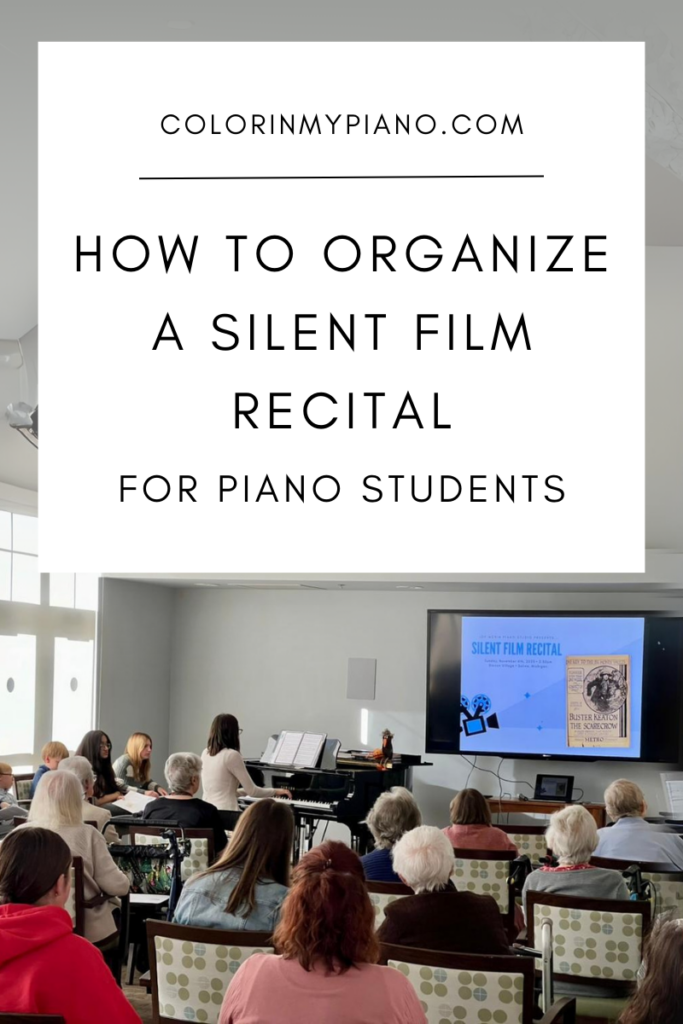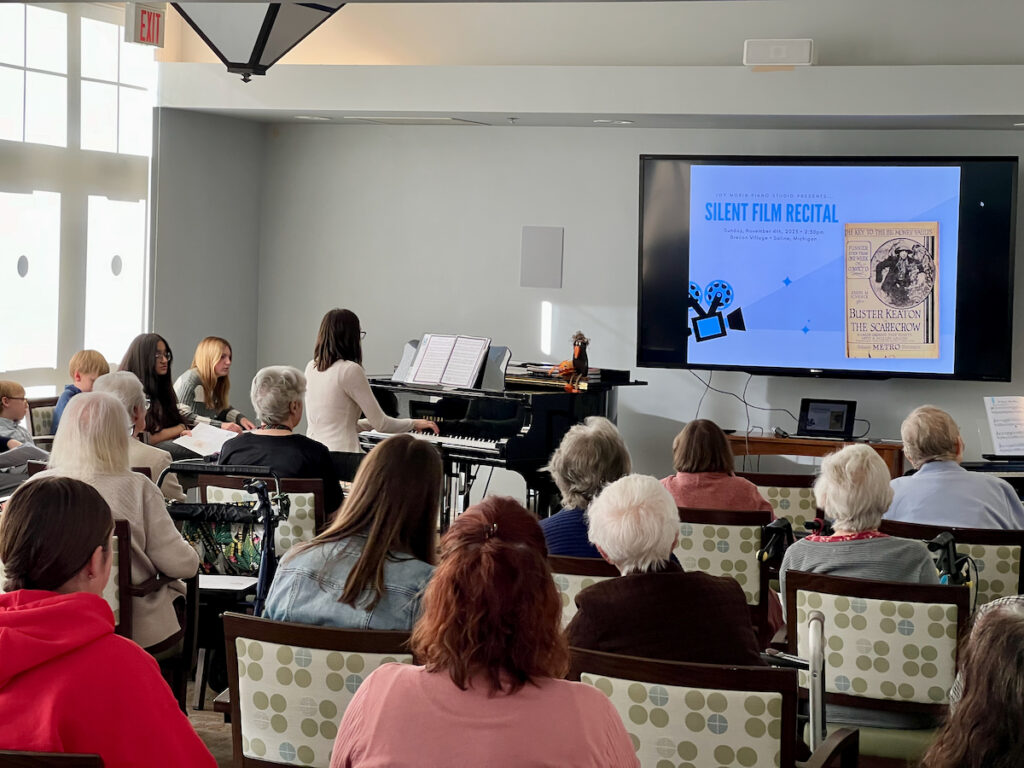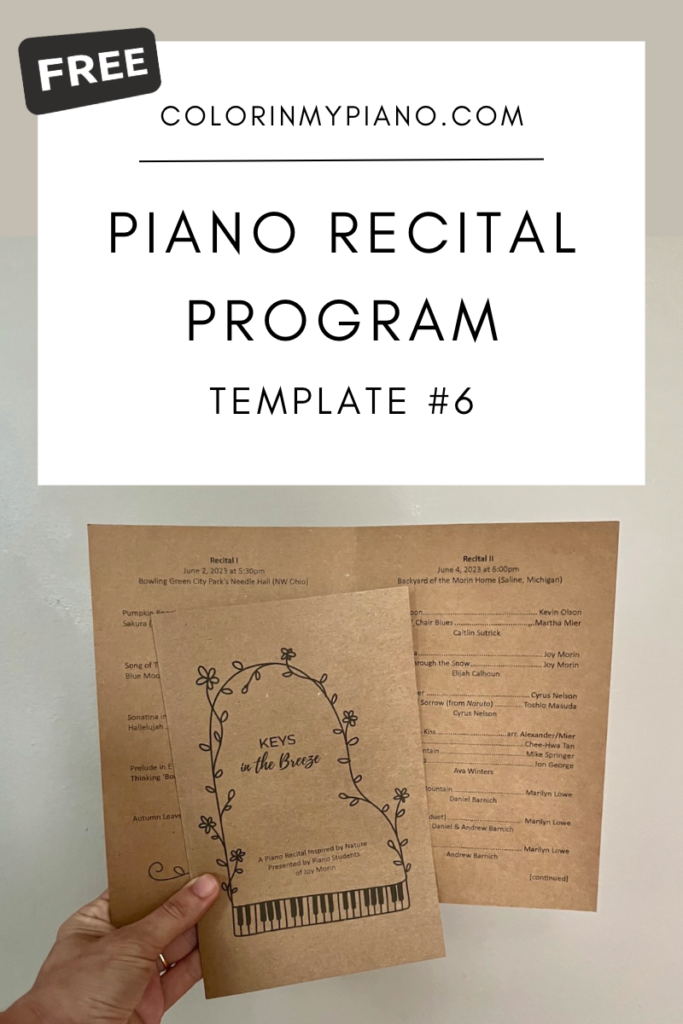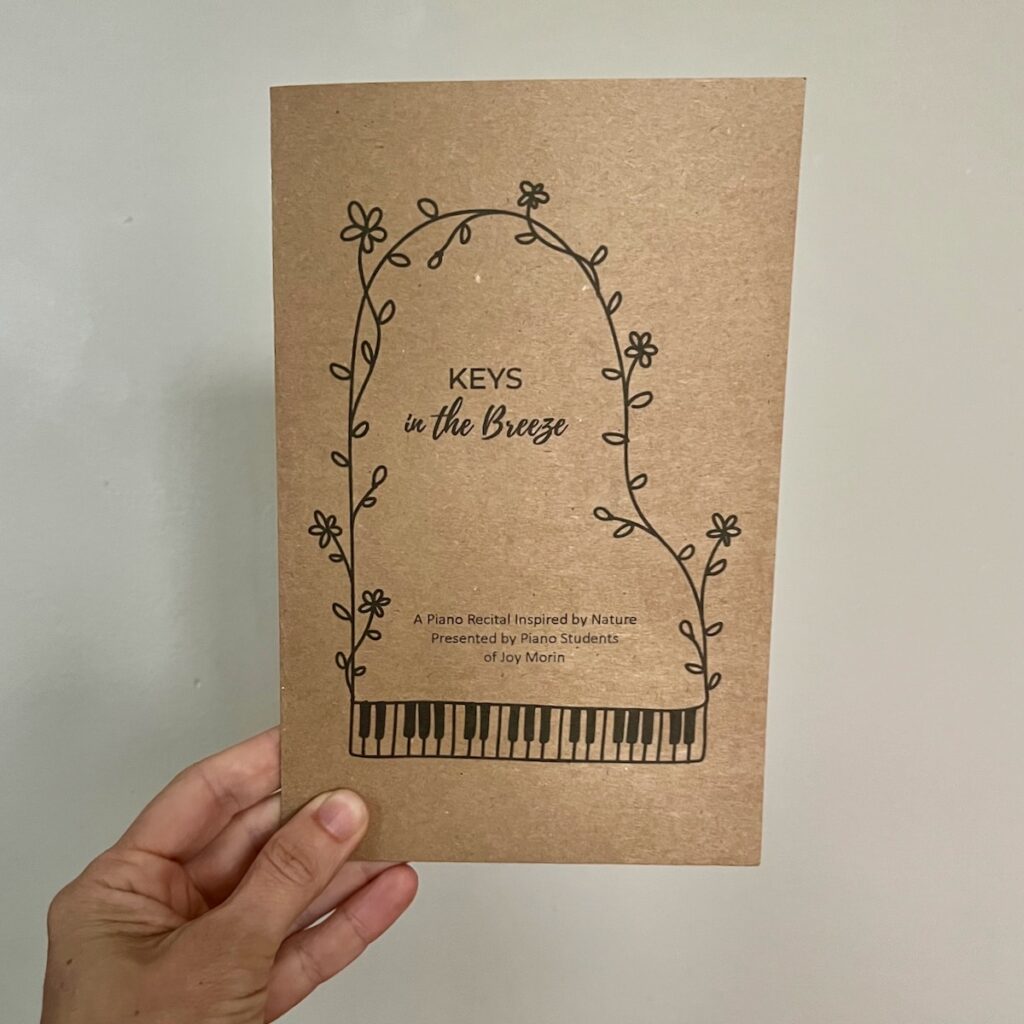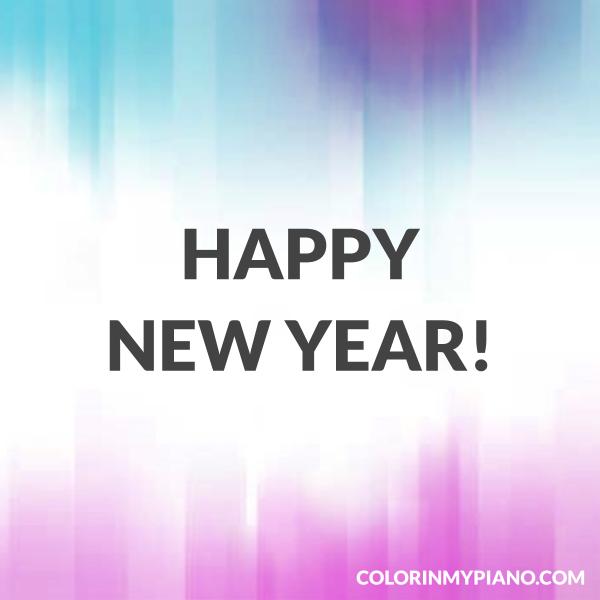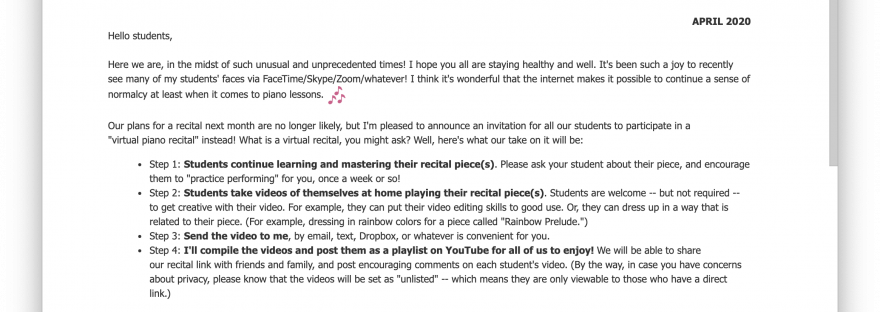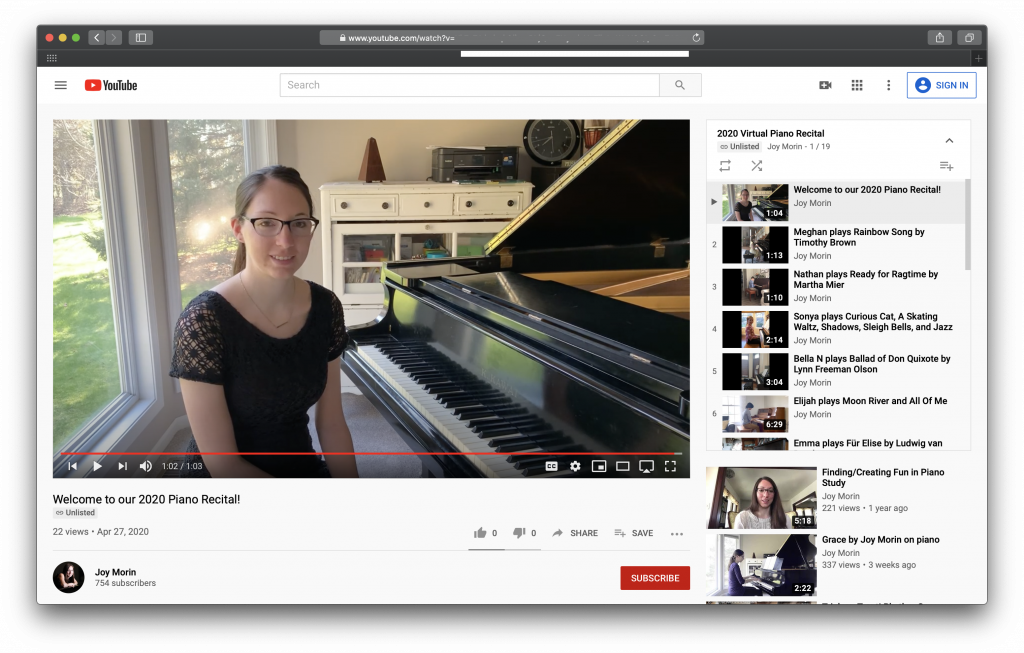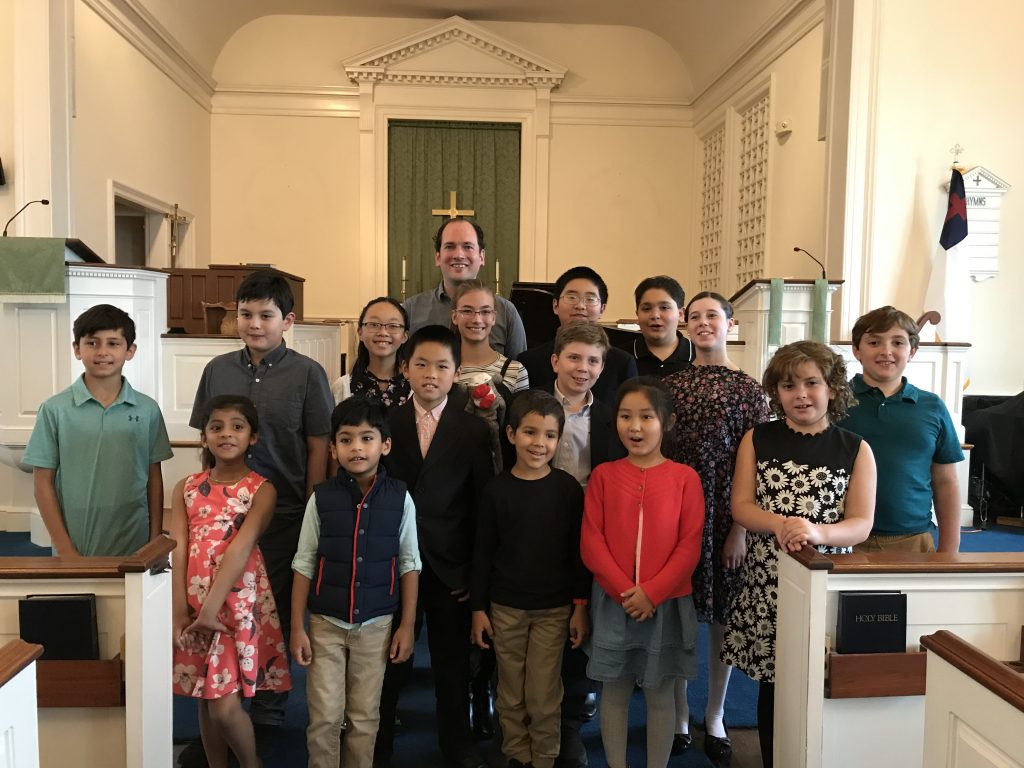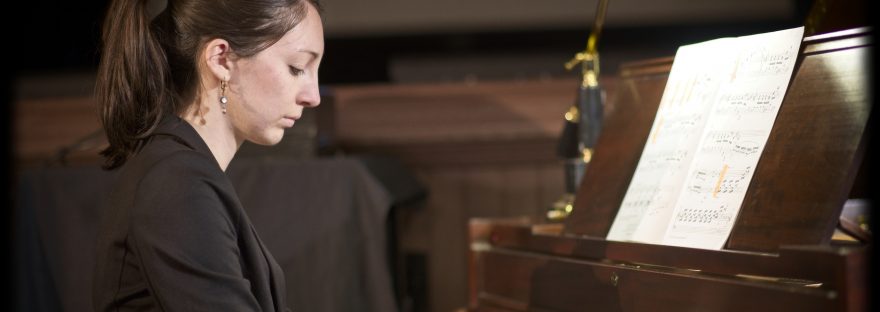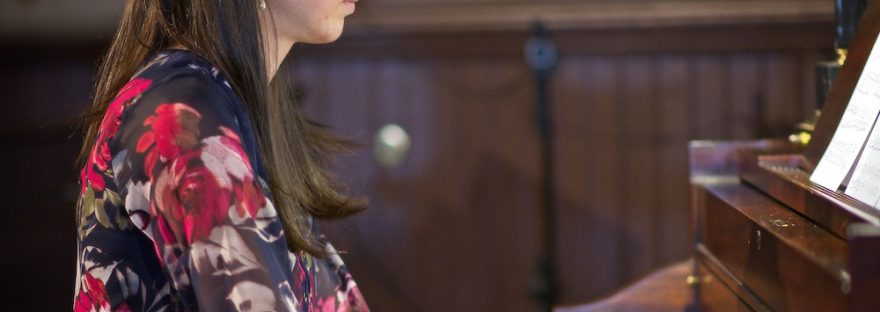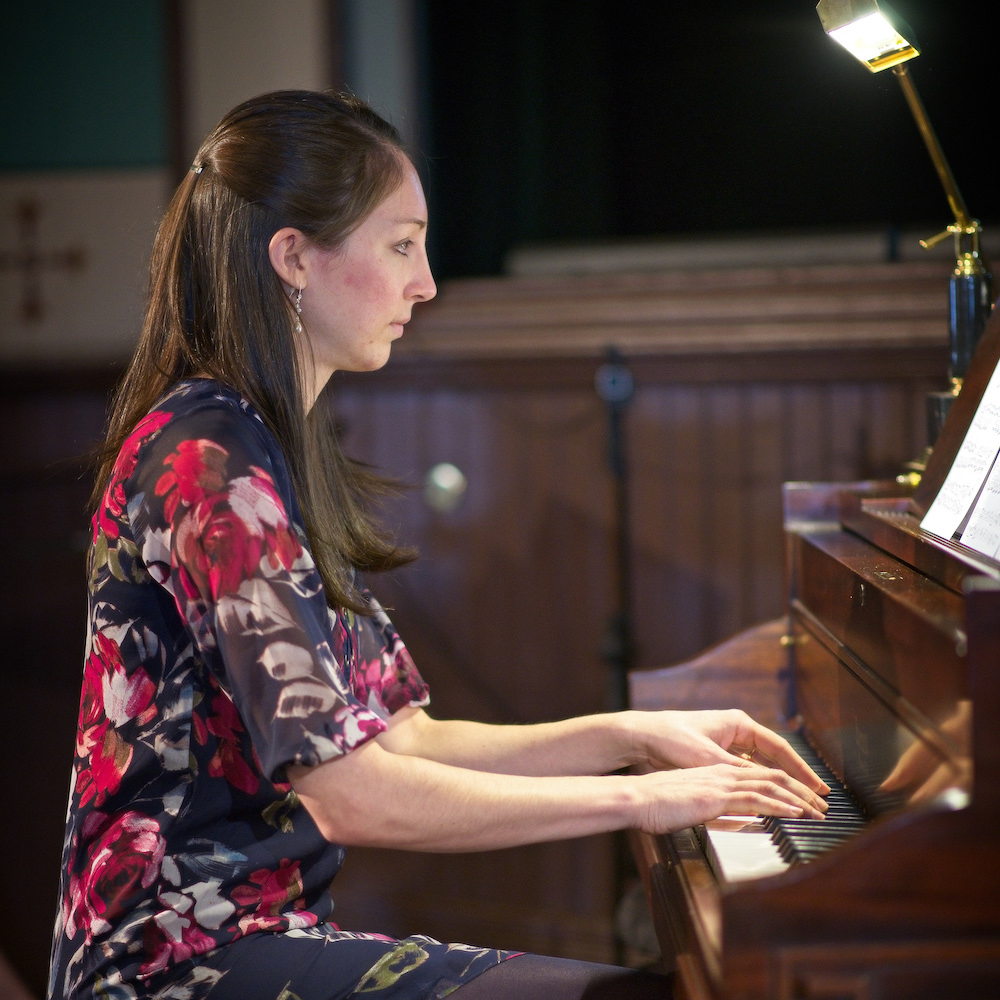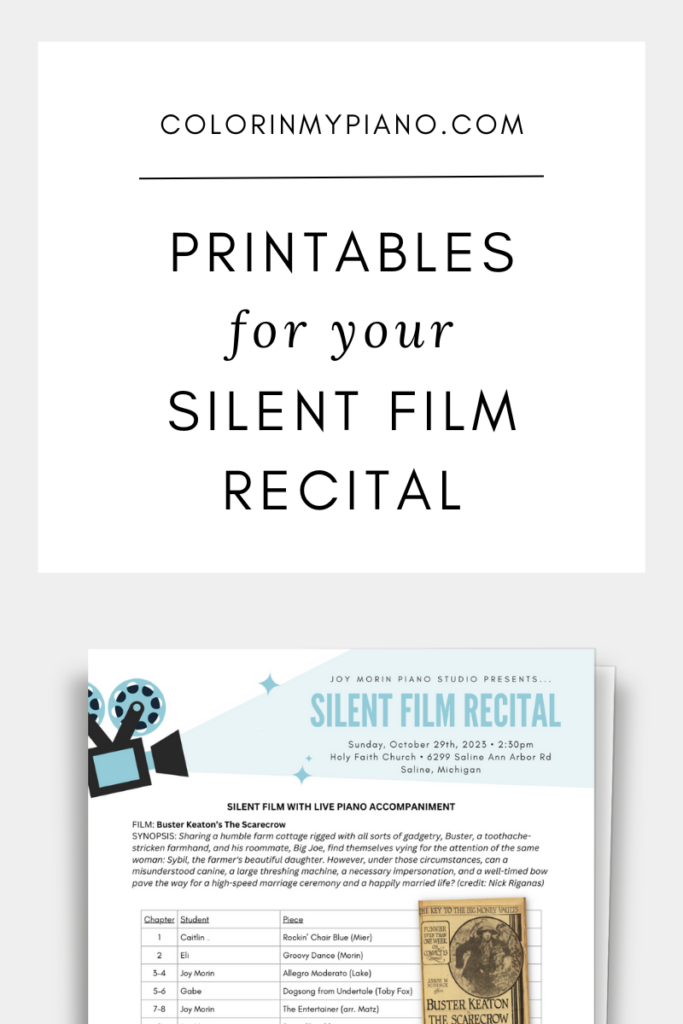
As promised in my recent blog post about organizing a Silent Film Recital for your piano students, today I’m sharing a few printables/templates I created for my Silent Film Recital.
Here’s what I’ll share:
- A silent film recital program AND a multiple choice quiz featuring facts about Buster Keaton and silent films
- The “welcome” image I showed on the TV/projector screen before the recital started
- The recital invitation I created for students to invite their friends and family to the event.
Before I get into it, I should let you know that these templates were all created using Canva.com — my favorite resource for creating graphics or documents (e.g., worksheets, images for blog/social media, and much more). To access the templates linked below and edit them for your own use, you will need to create a free account with Canva.
If you haven’t used Canva before, you might be thanking me later for introducing you to it. It’s a fantastic resource for creating attractive documents and images for whatever purpose you might have in mind. Many of the graphic elements at your fingertips in Canva are free to use, but you can also purchase premium elements very affordably (think, ~$1 each) if you want to. (BTW, if you use my referral link to set up your free Canva account, you’ll earn a Canva Credit to get one premium item for free!)
Without further ado, let’s get into it!
Continue reading “NEW: Printables for Your Silent Film Recital”

